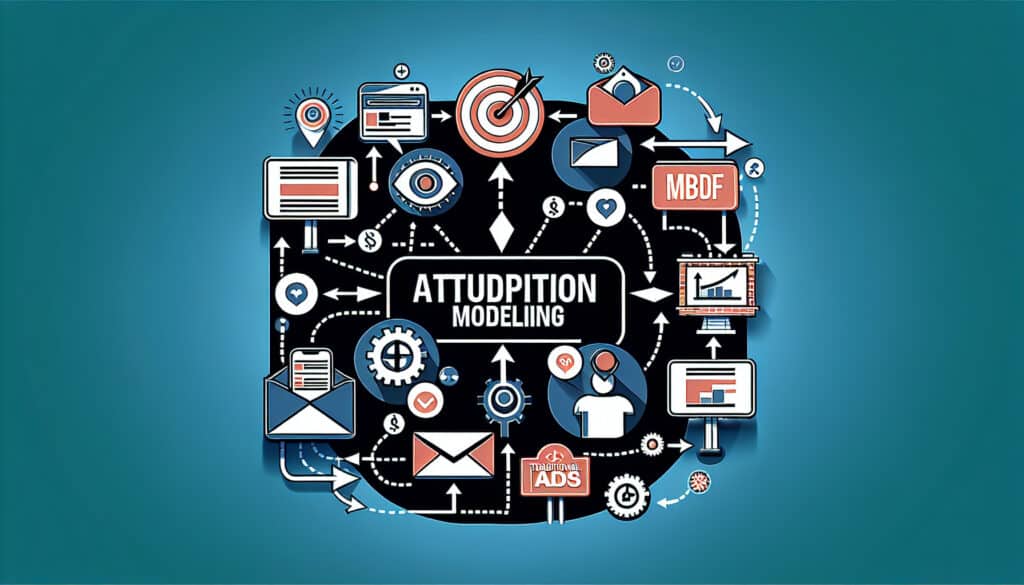The process of assigning credit to the different 营销 touchpoints that a customer interacts with on their journey to conversion.
- 方法: 精益西格玛, 制造业
Attribution Modeling

Attribution Modeling
- A/B 测试, 转换率, 客户体验, 客户旅程制图, 數位行銷, 营销策略, 性能跟踪
目标
如何使用
- Attribution models are used to understand which marketing channels are most effective at driving conversions. This information can then be used to optimize marketing spend.
优点
- Provides insights into the effectiveness of different marketing channels, helps to optimize marketing spend, and can be used to improve the customer journey.
缺点
- Can be complex to implement, requires accurate data on marketing touchpoints, and there is no single attribution model that is right for all businesses.
类别
- 客户与营销, 经济学
最适合:
- Understanding the impact of different marketing channels on conversions.
Attribution modeling is widely employed across various sectors, including e-commerce, retail, and digital marketing, where businesses seek to gather data on consumer interactions with different marketing channels before making a purchase. For instance, in a digital advertising campaign, organizations often utilize multi-channel attribution models to evaluate the performance of channels such as social media, email marketing, and paid search advertisements. This process typically takes place during the evaluation phase of a marketing strategy, where data analysts, marketing managers, and product designers come together to analyze user behavior across different platforms. Team collaboration is crucial, as combining technical expertise with marketing knowledge enables more accurate interpretations of data. Professionals specializing in data analytics may use statistical techniques to create models that quantify the contribution of each touchpoint to the final conversion. As businesses adopt attribution modeling techniques, they can adjust their marketing strategies and budget allocation effectively, ensuring that resources are directed towards the channels demonstrating the highest return on investment. Understanding how different marketing efforts correlate with sales not only informs budget decisions but also informs the design of customer experiences, allowing businesses to improve their outreach and engagement strategies effectively. Such methodologies can adapt to the needs of industries facing changing consumer behaviors, helping brands remain competitive while refining their marketing approaches.
该方法的关键步骤
- Select channels for analysis based on marketing strategy.
- Determine conversion objectives and key performance indicators.
- Choose an attribution model (e.g., last-click, first-click, linear, time decay).
- Allocate conversion credit to marketing touchpoints according to the selected model.
- Analyze the results to identify trends and performance discrepancies.
- Adjust marketing tactics based on attribution insights to optimize spend.
- Continuously refine the attribution model as new channels and data become available.
专业提示
- Utilize multi-touch attribution to capture a complete view of customer interactions across various channels for more accurate performance analysis.
- Incorporate machine learning algorithms to refine attribution models dynamically, allowing for real-time adjustments as consumer behavior evolves.
- Regularly validate and update your attribution models against actual conversion data to ensure continuous alignment with changing market conditions and strategies.
历史背景
1960
1980
1983
1990
1995
2000
2010
1950
1980
1980
1986
1994
1995
2000
(如果日期不详或不相关,例如 "流体力学",则对其显著出现的时间作了四舍五入的估计)。














相关文章
METS 卡路里计算器
元分析
信息映射
心理模型图
可接受的最大推力和拉力
物料需求计划(MRP)